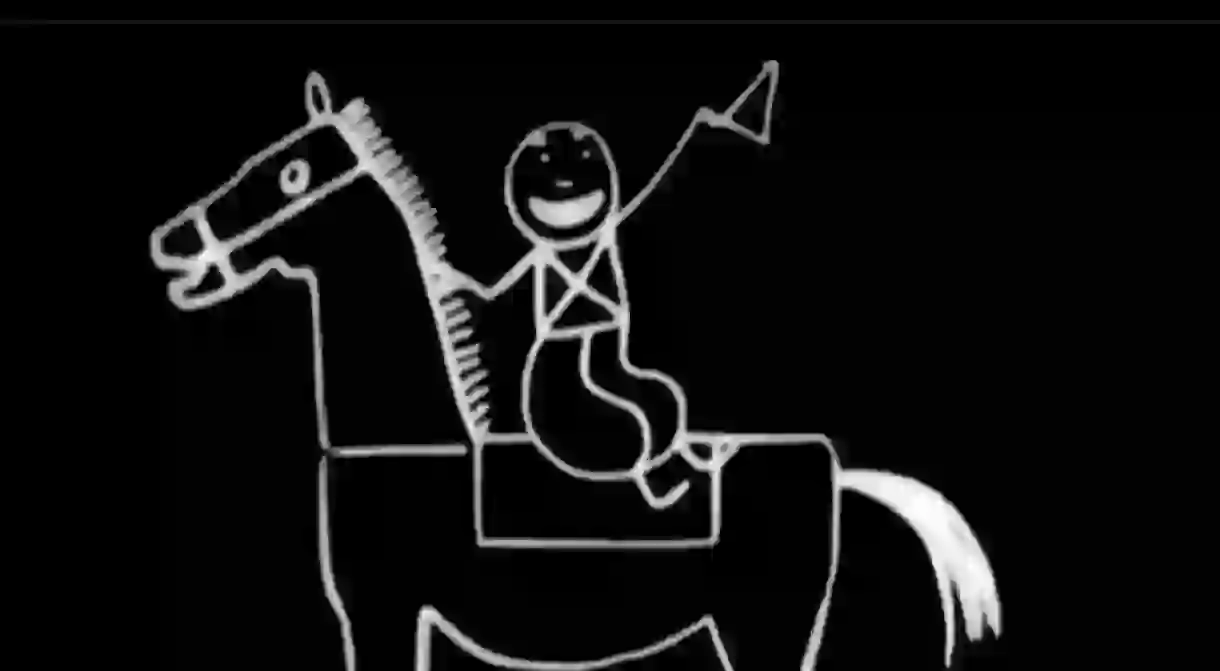A Brief History Of Animated Cinema In France

October is the month for animated film in France. The Fête du cinéma d’animation rolls into 200 venues in 100 towns across the country for 500 events that culminate with International Animation Day, the anniversary of Émile Reynaud’s first public animated projection at the Musée Grevin in Paris on October 28, 1892. To get you up to speed on the local industry, which is the third largest behind the United States and Japan, we’re taking you on a whistle-stop tour of the most notable names and films from the past 124 years.
On that momentous day at the tail end of the 19th century, Reynaud, a science teacher, showed three of his cinematic creations, each 16 frames long and composed of 500 to 600 individually painted pictures. The only feature of the Pantomimes Lumineuses to survive is Pauvre Pierrot. Hugely popular, half a million people attended screenings in 1900.
https://youtu.be/Ib3xjIWiYZY
However, the first true animated cartoon – one with a genuine, if fantastical, plot – came with Émile Cohl’s Fantasmagorie, which premiered at the Théâtre du Gymnase in Paris on August 17, 1908. Drawn on paper and shot onto negative film in what became the traditional creation method, the film depicts a stick figure moving through space and interacting with a variety of shape-shifting objects. Cohl’s film, and the ones that followed, were extremely successful and he continued to pioneer new techniques.
The French animation industry shut down with the outbreak of World War I and, after its resolution, remained minimal due to the fact that it had become easier and cheaper to distribute American films in the country. It wasn’t until the 1950s that local production was revived, in large part thanks to the work of Jean Image and Paul Grimault. The former’s Jeannot l’Intrépide (Johnny the Giant Killer) was the first French production to receive an American theatrical release since Cohl’s work, appearing on June 5, 1953, three years after its original debut.
The most famous film from this period is undoubtedly Grimault’s La Bergère et le Ramoneur (The Shepherdess and the Chimney-sweep). Premiered on May 29, 1953, it was re-released numerous times under different titles thereafter despite its director’s insistence that it was unfinished. This disagreement between creator and studio led to an acrimonious split. On March 19, 1980, Grimault finally released his perfected version of the film as Le Roi et l’Oiseau (The King and the Bird).
In the meantime, some of the most popular animated films to come out of France were La Planète Sauvage (Fantastic Planet) – with a mesmerizing score and which won a special jury prize at the 1973 Cannes Film Festival – by famed director René Laloux, and adaptations of the Astérix cartoons, most notably Les Douze Travaux d’Astérix (The Twelve Labors of Astérix), from the animation team of René Goscinny, Henri Gruel, Albert Uderzo, and Pierre Watrin, which was released on October 20, 1976.
Now one of the biggest names in the domestic market, Michel Ocelot launched his most successful series of feature films on December 9, 1998, with Kirikou et la Sorcière (Kirikou and the Sorceress), which won 12 international awards over the following two years.
In the 21st century, the French animation industry, which is roughly one-fifth the size of the United States’, has produced on average eight films per year, many of which have gone on to enjoy massive international success, commercially and critically. Some of the finest examples of these include Les Triplettes de Belleville (The Triplets of Belleville) by Sylvain Chomet from 2003, Persepolis by Marjane Satrapi and Vincent Paronnaud from 2007, and The Rabbi’s Cat by Joann Sfar and Antoine Delesvaux from 2011.
To find out more about the history of animation in France, check out a few of the events on the Fête du cinéma d’animation calendar.













